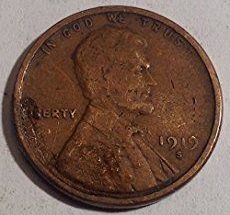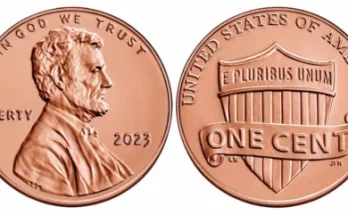The California Gold Rush began in 1848 and was one of the most significant economic and cultural events in U.S. history, shaping the nation’s financial future and overall development. The discovery of gold at Sutter’s Mill triggered large migrations west to California, which fueled population growth and industrial expansion, exerting profound changes to the national economy. The Gold Rush’s impact on the dollar’s value was both immediate and long-lasting, with inflation, increased money supply, and eventual economic stability all playing pivotal roles.
Money Supply, Coinage, and Inflation
The rapid influx of gold expanded the U.S. money supply, exacerbating inflationary pressures. As miners extracted large quantities of gold totaling $81 million in 1852, the U.S. Mint ramped up coin production. Gold coins like the Gold Double Eagle became common currency and the newly discovered gold backed paper money. This increase in the money supply resulted in more money chasing the same amount of goods, leading to rising prices.
The surge in gold, while beneficial in expanding the currency supply, created an inflationary environment, particularly in regions like California, where goods and services became increasingly expensive. Between 1848 and 1855, prices for everyday items like coffee and boots rose dramatically. Nationally, inflation increased by approximately 30%, while California experienced inflation as high as 1,000% in some areas. This reduced the purchasing power of the dollar, especially in the short term, as goods became more expensive.
Regional Impact and Economic Growth
The effects of the Gold Rush were most pronounced in California. The population grew from around 14,000 residents in 1848 to more than 200,000 by 1852. This influx of residents created a massive demand for goods, housing, and labor, which caused prices to skyrocket and the cost of living to rise. In San Francisco, daily wages for laborers jumped from $6 to $16 between 1848 and 1849. The prices of daily goods increased with matching speed.
The Gold Rush also contributed to substantial long-term economic growth. The inflow of wealth and people resulted in infrastructure development, including roads, railways, and developing towns. The economic activity of this time played a crucial role in the completion of the first transcontinental railroad in 1869. This facilitated greater westward expansion and connected California’s economy with the rest of the country, creating new opportunities for trade and industry.
Economic Adjustments and Long-term Growth
Although the short-term impact of the Gold Rush included inflation and a reduction in the dollar’s purchasing power, the long-term benefits were significant. The wealth generated by gold mining helped stimulate investments in businesses and infrastructure, laying the groundwork for the industrial growth of the late 19th century. The broader U.S. economy eventually absorbed the increased money supply, and as production expanded, inflationary pressures eased.
By the late 1850s, the dollar’s value had begun to stabilize. The rush’s economic growth, particularly in the western states, helped balance the inflationary pressures of prior years. Wealth generated during the Gold Rush further contributed to the westward expansion and development of the economy, providing the financial foundation for future growth.
As gold reserves increased, the U.S. Mint had more flexibility to mint coins and issue currency. However, the increase in gold posed challenges in maintaining stable prices as inflation rose along with the expanded monetary base.
Despite this, the increased gold reserves eventually paved the way for greater stability. Gold became a cornerstone of U.S. monetary policy as the economy grew, providing the stability needed for continued economic expansion.
Gold Production and Economic Impacts
Gold production rose sharply during the early years of the Gold Rush. In 1848, an estimated $5 million worth of gold was produced in California and soared to $40 million by 1849, reaching $81 million by 1852. This increased the money supply and contributed to the economic boom that followed. The influx of gold wealth spurred economic expansion across the western United States, creating lasting impacts on the national economy.
The Gold Rush’s inflationary impact was most pronounced in California, where prices for goods like coffee and boots increased dramatically. However, as greater infrastructure was developed and as economic activity expanded, the pressures of inflation began to ease. The completion of major projects, such as the Transcontinental Railroad, helped facilitate trade and transportation. This linked California’s economy with the rest of the nation and ensured that the economic benefits of the Gold Rush extended well beyond its initial inflationary effects.



